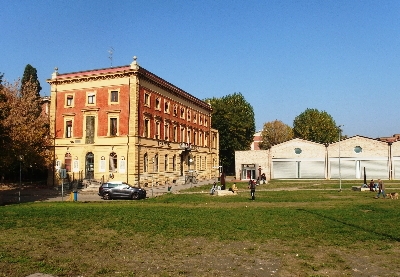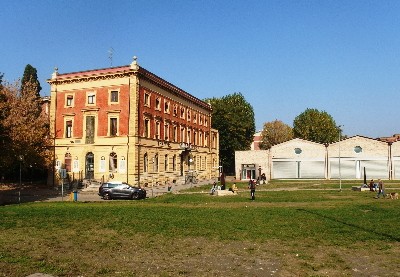In via Saliceto 3, right next to the headquarters of the Navile Quarter, not far from the Central Station there is a museum that deserves a very careful visit, because it is also a real artistic installation on the theme of intimate sensations of detachment, of randomness and loss.
It is the Museum for the Memory of Ustica, dedicated to the 81 victims who died on the evening of June 27, 1980 aboard the DC9 of the Itavia company which, having left Bologna airport, would have had to land in Palermo just a few minutes before losing the their tracks on radar, around 21, and then just leaving wreckage and bodies floating on the sea surface to the north of the island of Ustica, and were spotted by the research units at dawn.
The installation of the museum was entrusted to the French artist Christian Boltanski (born in Paris in 1944) and this choice emphasizes the desire to celebrate a memory of the tragedy of Ustica that finally put the missing people at the center of the memory.
After the early juvenile experimentalism Boltanski began a research path that has as its central motive precisely the memory: personal and collective. Combining fragments of reality and imagination, through the use and accumulation of different materials and objects and, above all, photographs, Boltanski has developed over the years assemblages and installations that are proposed with ever greater intensity as mute testimonies of past existences, presences - absences, traces (real or reworked) of a memory that the observer retraces and interprets.
The French artist exhibits the wreckage of the passenger plane as a starting point in the journey of suggestions that recall the 81 victims of the massacre, through as many lights that from the ceiling of the Museum light up and go out to the rhythm of a breath. Around the recomposed aircraft, 81 black mirrors reflect the image of those who walk along the balcony, while behind each of them 81 loudspeakers emit whispered phrases, common minimum and universal thoughts that each of the passengers could have expressed and perhaps was expressing, to underline the randomness and the inevitability of a sudden death.
Even the List of personal belongings belonging to passengers of flight IH870 paginated by Christian Boltanski contributes to underline the feeling of intimacy and individuality that this museum wants to celebrate in memory of the victims: leaving in the visitor the sign of 81 individual tragedies in the complex design of a only great national tragedy.
Timetables
Thursday and Friday 9.00 am - 1.00 pm
Saturday and Sunday 10.00 am - 6.30 pm
Closed Monday, Tuesday and Wednesday
FREE ENTRY
Museum for the Memory of Ustica
www.museomemoriaustica.it
Via di Saliceto, 3
Tel.051 377680






